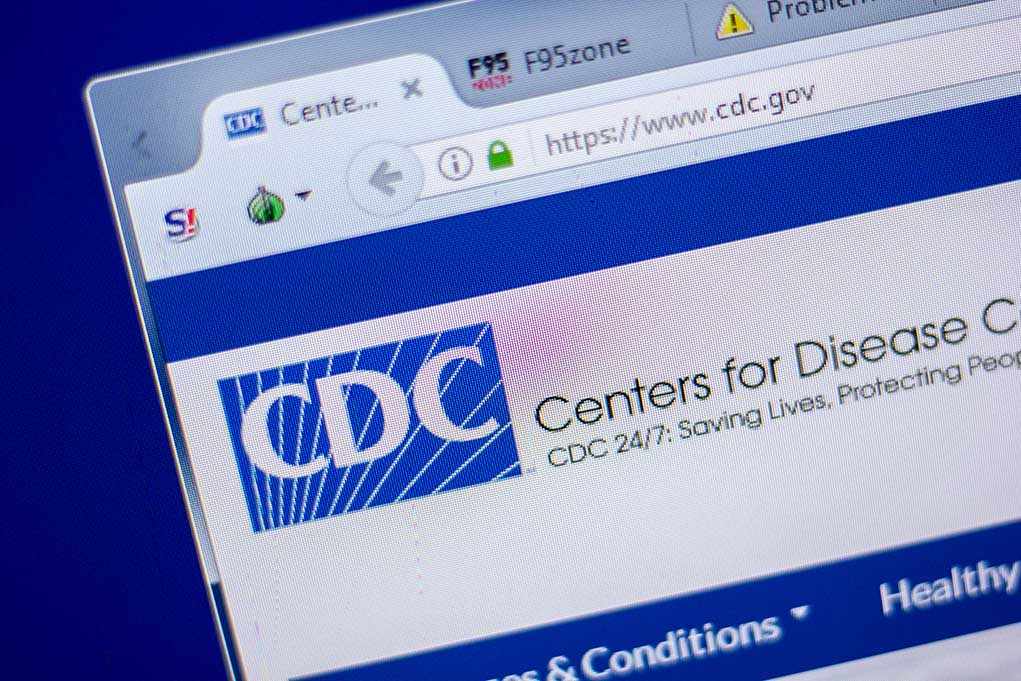
Superbugs are staging a stealthy comeback, and the CDC’s latest warning signals that the post-pandemic era may usher in a public health crisis few Americans are prepared to confront.
Story Snapshot
- CDC reports a dramatic surge in highly antibiotic-resistant bacteria since the COVID-19 pandemic disrupted infection control measures.
- Annual U.S. deaths from antibiotic-resistant infections are estimated at more than 35,000, with over 2.8 million infections.
- The CDC’s One Health approach urges coordinated action across human, animal, and environmental sectors.
- Experts warn that a “post-antibiotic era” could make common infections deadly and routine medical care far more dangerous.
CDC Raises the Alarm on Superbugs
CDC officials have released a new warning about the dramatic rise in infections from highly antibiotic-resistant bacteria, often called “superbugs.” These pathogens are now defeating the very drugs designed to control them, leading to more hospitalizations and higher death rates. The agency’s 2025 advisory follows a troubling reversal of progress made over the past decade, with the COVID-19 pandemic exposing vulnerabilities in hospitals and communities alike. Superbugs like carbapenem-resistant Enterobacterales (“nightmare bacteria”) are now classified by the CDC as urgent threats, and the latest data suggest that hospitals are ground zero for these outbreaks.
Frontline healthcare workers now face the daily reality of patients who don’t respond to any of the usual treatments. The CDC’s threat categorization—urgent, serious, and concerning—reflects the gravity of the situation. Hospital-onset infections are fueling the surge, while weakened infection control practices during the pandemic have allowed resistant organisms to spread faster than ever. The agency estimates that the number of drug-resistant infections has jumped significantly since 2020, erasing much of the hard-won progress from previous years.
Pandemic Fallout and the Return of Resistant Bacteria
The COVID-19 pandemic is widely blamed for the resurgence of antibiotic resistance. During the pandemic, overwhelmed hospitals resorted to widespread antibiotic use as a precaution, even when not medically necessary. This practice, combined with lapses in hygiene and infection control, created ideal conditions for resistant bacteria to thrive. The CDC’s reports show a sharp increase in infections and deaths from pathogens such as MRSA, ESBL-producing bacteria, and the infamous “nightmare bacteria.” The agency’s 2022 report confirmed that progress made up to 2019 was largely lost, and the country faces a renewed threat that could escalate further without urgent action.
Multidrug-resistant organisms are not just a hospital problem. Community spread is on the rise, with bacteria hitching rides across state lines and international borders through travel, agriculture, and even the environment. The CDC’s “One Health” strategy now emphasizes the interconnectedness of human, animal, and environmental health, recognizing that resistant bacteria can emerge from farms, food, and water systems. This holistic approach demands coordinated efforts from healthcare providers, government agencies, and industries—a tall order in a fragmented system.
The High Stakes for Healthcare and Society
CDC experts warn that antibiotic resistance could usher in a “post-antibiotic era,” where common infections become untreatable and routine surgeries carry unacceptable risks. The economic impact is staggering: longer hospital stays, increased medical costs, and lost productivity ripple through the healthcare system and society. Families face higher bills, and hospitals struggle to contain outbreaks with limited resources. The pharmaceutical industry, meanwhile, faces market and regulatory barriers that have slowed the development of new antibiotics, leaving doctors with fewer options and patients at greater risk.
Global agencies like the World Health Organization and the Transatlantic Taskforce on Antimicrobial Resistance (TATFAR) are working to coordinate responses, but the challenge extends beyond borders. Resistant bacteria can spread rapidly via travel and trade, making international cooperation essential. The CDC’s call for stewardship of antibiotics aims to reduce misuse in medicine and agriculture, but behavioral change takes time—and time is running short.
Experts Demand Bold Action and Public Engagement
Infectious disease specialists and CDC leaders stress that stopping the surge requires more than new drugs: better diagnostics, robust surveillance, and public education are critical. Hospitals must double down on infection prevention, and doctors need support to prescribe antibiotics responsibly. The CDC’s upcoming reports and ongoing surveillance will shape policy, but experts argue that only a united front can reverse the tide. The stakes could not be higher: without urgent intervention, the U.S. risks sliding into an era where even minor injuries or illnesses become life-threatening.
For Americans over 40, the threat may seem distant—until a loved one is hospitalized with an infection that fails to respond to anything in the pharmacy. The superbug surge is a slow-moving crisis that demands attention, vigilance, and action. The CDC’s warning is clear: the era of antibiotics as a safety net is coming to an end unless the nation adapts quickly. The window for decisive action is closing. Will the public, policymakers, and healthcare leaders rise to meet the challenge?
Sources:
CDC Antibiotic Resistance Threats Reports
CDC Antimicrobial Resistance Overview
CDC U.S. Antibiotic Awareness Week Toolkit
CDC reports 70% surge in drug-resistant nightmare bacteria infections












